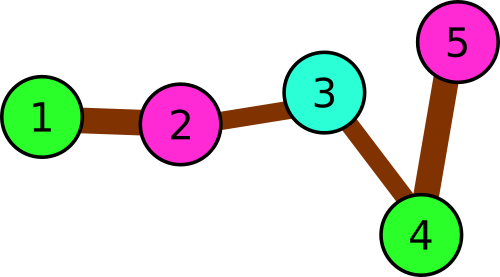C. Andryusha and Colored Balloons
来源:互联网 发布:三菱plc编程实例100 编辑:程序博客网 时间:2024/04/29 20:26
0 0
- C. Andryusha and Colored Balloons
- C. Andryusha and Colored Balloons
- C. Andryusha and Colored Balloons
- Andryusha and Colored Balloons
- 【codeforces 782C】Andryusha and Colored Balloons
- codeforces 782c Andryusha and Colored Balloons
- Codeforces 780C-Andryusha and Colored Balloons
- cf 782c Andryusha and Colored Balloons
- C. Andryusha and Colored Balloons--bfs
- codeforces781A Andryusha and Colored Balloons
- Codeforces Andryusha and Colored Balloons
- Codeforces Round #403 (Div. 2) C. Andryusha and Colored Balloons
- Codeforces 782C Andryusha and Colored Balloons dfs
- Codeforces Round #403 C. Andryusha and Colored Balloons(DFS)
- Codeforces Round #403 div2 C. Andryusha and Colored Balloons
- Codeforces 782C Andryusha and Colored Balloons(BFS)
- Codeforces Round #403 (Div. 2) C. Andryusha and Colored Balloons
- codeforces 782C Andryusha and Colored Balloons【构造】
- 自定义Linux命令
- 可怕,Oculus和HTC相争,谁曾想这个渔翁得利了
- Struts2中<s-if>和<s-iterator>标签的使用
- 机器学习入门路线
- 解析Android的MVC和MVP模式
- C. Andryusha and Colored Balloons
- OC中的copy
- 第二次作业 Linux常用指令
- es 基本语法 使用 案例
- JVM源码分析之javaagent原理完全解读
- MySQL查询练习
- 技术学习方法和博客宗旨
- ngnix + tomcat 负载均衡
- DOM 节点





